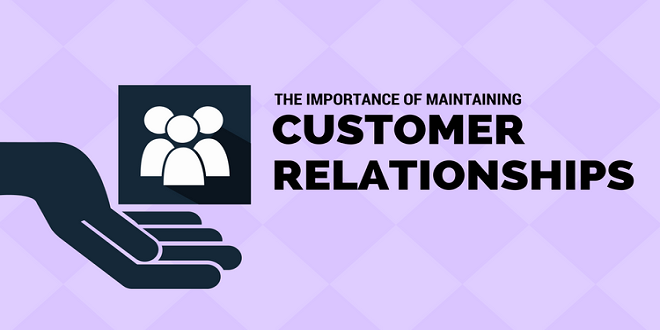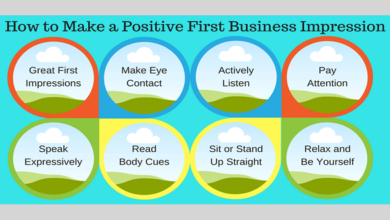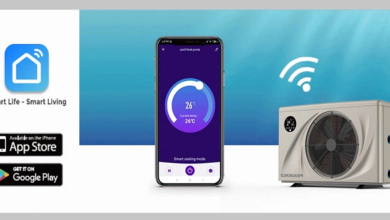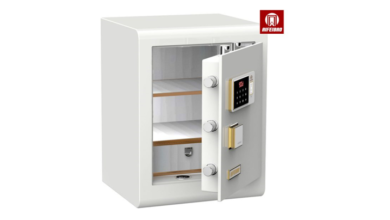Commit to Clients build relationships and loyalty

The strength and stability of your agency is directly related to your ability to retain and grow accounts. Loyal clients lead to higher retention rates, greater profit margins, more predictable cash flow, and stronger referrals. Everything laid out in the Blueprint to this point—value-based pricing, hybrid services, top talent, a scalable infrastructure, an Inbound Marketing Game Plan, and a powerful sales funnel—puts your agency in the position to build loyalty.
Now, it is time to commit to your clients, deliver on the promises you have made, and make a measurable impact on their businesses. The need to build strong client relationships must be ingrained in an agency’s culture. From day one of their training, agency professionals must understand the importance of each client and the financial impact retention has on sustainability. Employees should be 100 percent focused on the happiness and success of their clients.
The Client in Residence (CIR)
As your agency expands, account teams are pushed to their limits to deliver on expectations and priorities. At the same time, senior leaders, who bring invaluable knowledge and experience to accounts, are pulled away from client services to manage growth. No matter how talented your account teams are, it becomes easy to lose sight of the big picture. Sometimes agencies can go days or even weeks without taking an objective look at their efforts and considering things from the client’s point of view. However, these sorts of insights can be essential to building stronger, more profitable relationships.
One possible solution is to create a client in residence (CIR)—a senior agency leader charged with assessing accounts from the client’s perspective. These client advocates ask the difficult questions, challenge campaign strategies, push for improved results, scrutinize time and billings, assess the account team, and critically evaluate the agency’s value and contributions—all so the client does not have to. The CIR considers factors affecting the client each day—meetings, communications, management, budgets, staffing, expectations, and demands—and looks for ways to make their lives easier.
In small agencies, it may be the CEO or president who functions part-time as the CIR, whereas, in large agencies, it may become a full-time position, overseeing dozens of accounts. Here is a look at possible CIR responsibilities:
THE SIGNIFICANCE OF SYSTEMS
Prototype hybrid agencies, specifically disruptors, are driven by systems. They are built on adaptable infrastructures that enable them to evolve more quickly than their traditional agency brethren. The systems create standards and stability while providing autonomy to account teams and managers. They are designed to increase efficiency and productivity, encourage creativity, accelerate innovation, and push professionals to realize and embrace their potential, all of which produce higher performance levels and more satisfied and loyal clients.
In the following sections, we will examine three core systems that have a significant impact on client loyalty: career path, account management, and agency management.
Last word
As I have stated numerous times, talent is your greatest asset as an agency. Your ability to attract and retain A players directly affects your client loyalty. These professionals are highly motivated, career-focused individuals. They need a system that defines titles, responsibilities, pay scales, bonus structure, performance metrics, expectations, and opportunities.





